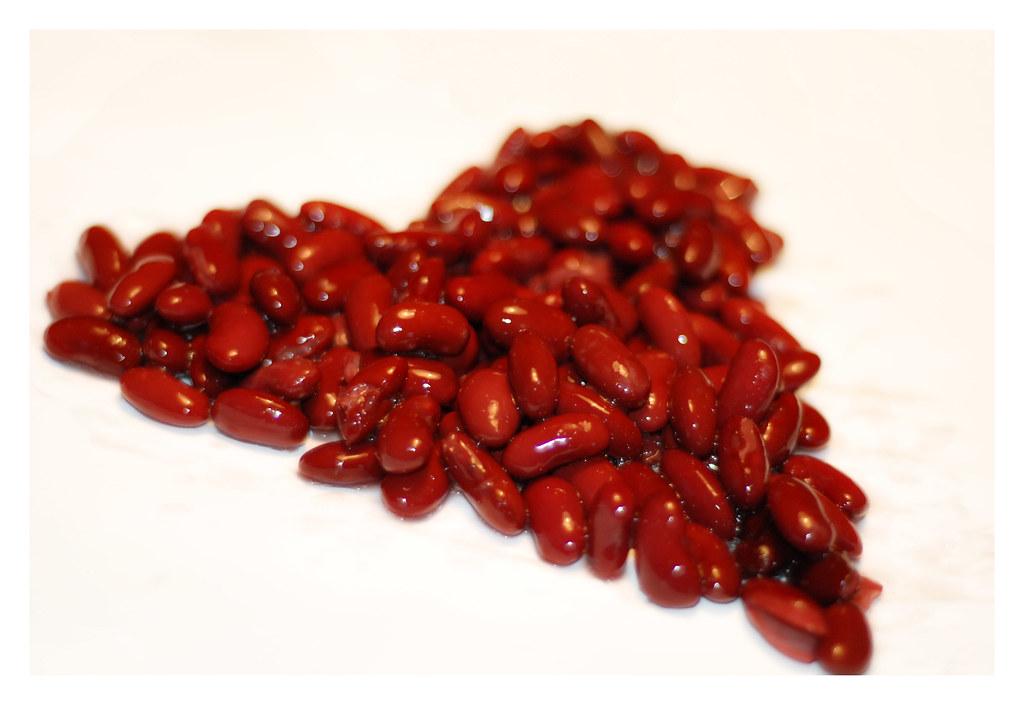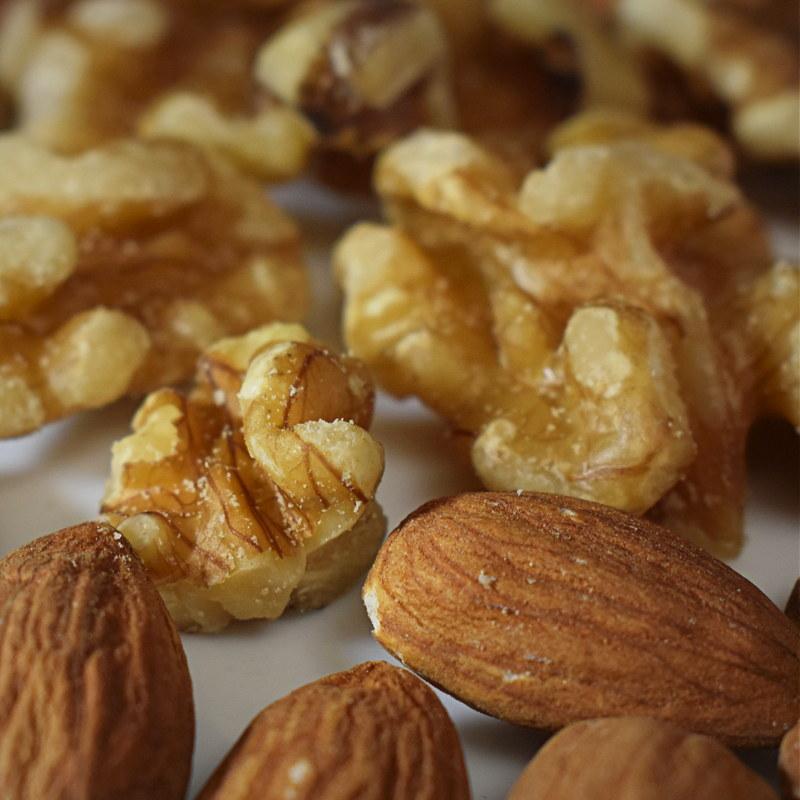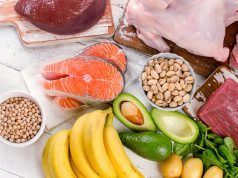In today’s fast-paced world, maintaining a balanced diet can often feel like a daunting task. Amidst the myriad of nutritional advice and dietary trends, it’s easy to overlook essential nutrients that play a crucial role in our overall health—omega-3 and omega-6 fatty acids. These powerful polyunsaturated fats are vital for brain function, heart health, and reducing inflammation, yet many of us struggle to incorporate them adequately into our diets. If you’ve ever felt overwhelmed by the challenge of achieving nutritional balance, you’re not alone. This article is here to guide you, step-by-step, in understanding and integrating these essential fatty acids into your daily meals. Whether you’re a seasoned cook or a kitchen novice, we’ll explore practical, accessible ways to nourish your body and enhance your well-being with omega-3 and omega-6. Let’s embark on this journey towards a healthier, more vibrant you—together.
Understanding the Balance Between Omega 3 and Omega 6 Fatty Acids
Striking the right balance between Omega 3 and Omega 6 fatty acids is crucial for maintaining optimal health. While both are essential fats, they play different roles in the body. Omega 3 fatty acids are known for their anti-inflammatory properties and are crucial for brain health, while Omega 6 fatty acids support skin health, regulate metabolism, and are involved in the reproductive system. However, an excess of Omega 6 can lead to inflammation, which underscores the importance of balance.
Here are some tips to maintain a healthy balance:
- Incorporate more Omega 3-rich foods: Include fatty fish like salmon and mackerel, chia seeds, flaxseeds, and walnuts in your diet.
- Limit processed foods: Many processed foods are high in Omega 6 due to the use of vegetable oils like corn and soybean oil.
- Opt for healthier cooking oils: Use olive oil or avocado oil instead of sunflower or corn oil to reduce Omega 6 intake.
| Food Source | Omega 3 Content | Omega 6 Content |
|---|---|---|
| Salmon | High | Low |
| Walnuts | Moderate | Moderate |
| Sunflower Oil | Low | High |

Identifying Everyday Foods Rich in Omega 3 and Omega 6
Incorporating omega-3 and omega-6 fatty acids into your diet can be simpler than you might think, especially when you know which everyday foods are naturally rich in these essential nutrients. These healthy fats are crucial for maintaining optimal health, and the good news is that they can be found in a variety of delicious options.
- Fatty Fish: Salmon, mackerel, sardines, and trout are excellent sources of omega-3s. Including these in your weekly meals can significantly boost your intake.
- Seeds and Nuts: Flaxseeds, chia seeds, and walnuts are not only rich in omega-3s but also provide a good amount of omega-6s. Sprinkle them on your salads or yogurt for a crunchy addition.
- Oils: Use flaxseed oil, canola oil, and walnut oil in your dressings or cooking to enhance your omega-3 intake. Sunflower and corn oils are high in omega-6s and can be used for a balanced diet.
- Eggs: Opt for omega-3 enriched eggs for a simple way to incorporate these fats into your breakfast.
| Food Item | Omega-3 Content | Omega-6 Content |
|---|---|---|
| Salmon (100g) | 2.3g | 0.2g |
| Walnuts (28g) | 2.5g | 10.8g |
| Chia Seeds (28g) | 5.1g | 1.6g |
By being mindful of your food choices, you can easily maintain a healthy balance of omega-3 and omega-6 fatty acids. Experiment with different recipes and combinations to make your meals both nutritious and enjoyable.

Incorporating Omega Fatty Acids into Your Daily Meals
doesn’t have to be a daunting task. With a few simple tweaks to your grocery list and meal planning, you can easily boost your intake of these essential nutrients. Here are some practical tips to get you started:
- Embrace Fatty Fish: Aim to include fatty fish such as salmon, mackerel, or sardines in your meals at least twice a week. These fish are rich in omega-3s and can be grilled, baked, or even added to salads.
- Opt for Plant-Based Sources: Chia seeds, flaxseeds, and walnuts are excellent sources of omega-3s. Add them to your morning smoothies, oatmeal, or yogurt for an easy nutritional boost.
- Choose Omega-Rich Oils: Swap out your usual cooking oils for those rich in omega-6, such as sunflower or safflower oil, which can be used in salad dressings or for sautéing vegetables.
| Food | Omega-3 Content (per 100g) | Omega-6 Content (per 100g) |
|---|---|---|
| Salmon | 2.3g | 0.3g |
| Walnuts | 9.1g | 38g |
| Flaxseeds | 22g | 5.9g |
By incorporating these foods into your meals, you’re not only adding flavor and variety but also enhancing your overall health. Remember, the key is balance, so try to maintain a healthy ratio between omega-3 and omega-6 fatty acids in your diet. Happy eating!

Practical Tips for Meeting Your Omega Fatty Acid Needs
Ensuring you meet your omega fatty acid needs doesn’t have to be a daunting task. With a few strategic choices, you can seamlessly integrate these essential nutrients into your daily meals. Here are some practical tips to help you on your journey:
- Opt for Fatty Fish: Incorporate fatty fish such as salmon, mackerel, and sardines into your diet at least twice a week. These are excellent sources of Omega-3s.
- Choose Plant-Based Sources: If you prefer plant-based options, flaxseeds, chia seeds, and walnuts are rich in Omega-3s. Consider adding them to smoothies, oatmeal, or salads.
- Balance Your Oils: Use a variety of cooking oils. While olive oil is great for Omega-9s, try using sunflower or corn oil occasionally for a boost in Omega-6s.
- Snack Wisely: Nuts and seeds are fantastic snacks. Almonds and sunflower seeds are high in Omega-6s, providing a satisfying crunch with health benefits.
To help visualize your options, here’s a quick comparison of some popular food sources:
| Food Source | Omega-3 (mg per 100g) | Omega-6 (mg per 100g) |
|---|---|---|
| Salmon | 2260 | 100 |
| Walnuts | 2650 | 38000 |
| Chia Seeds | 17800 | 5800 |
| Sunflower Oil | 0 | 65000 |








































